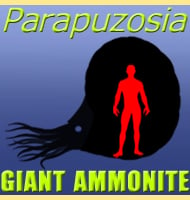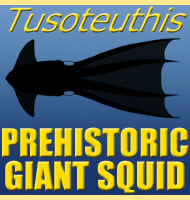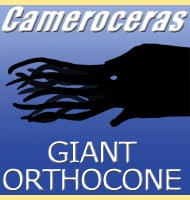Docidoceras
In Depth Docidoceras is a genus of ammonites that seems to have had a near global distribution in the seas of the mid Jurassic. However despite the widespread distribution of the fossils, most specimens of Docidoceras are at the time of writing known from Alaska. Further Reading - Treatise on Invertebrate Paleontology, Part L, Mollusca … Read more


